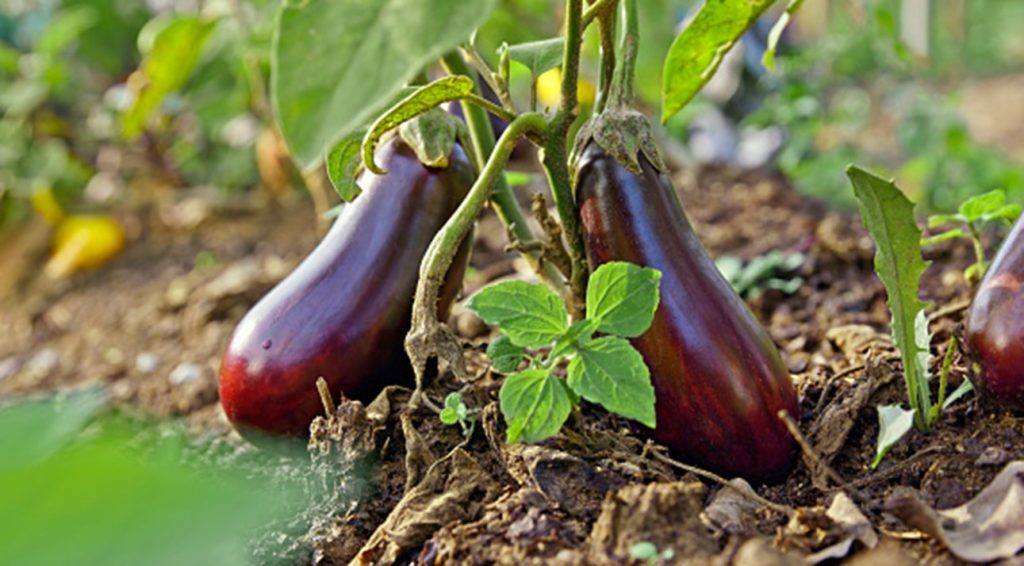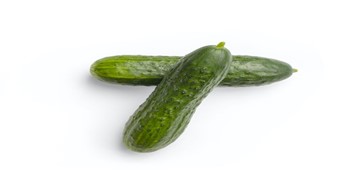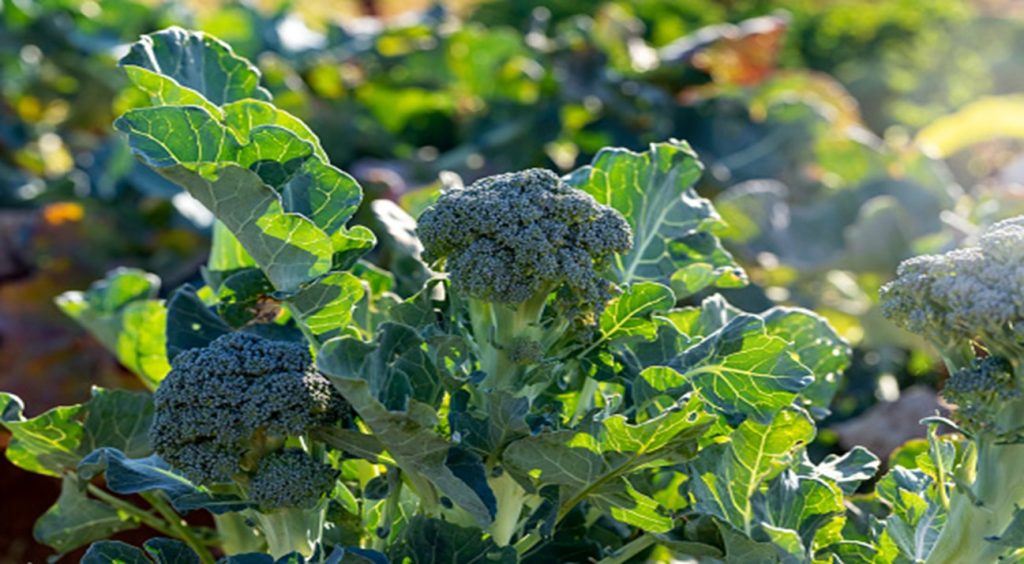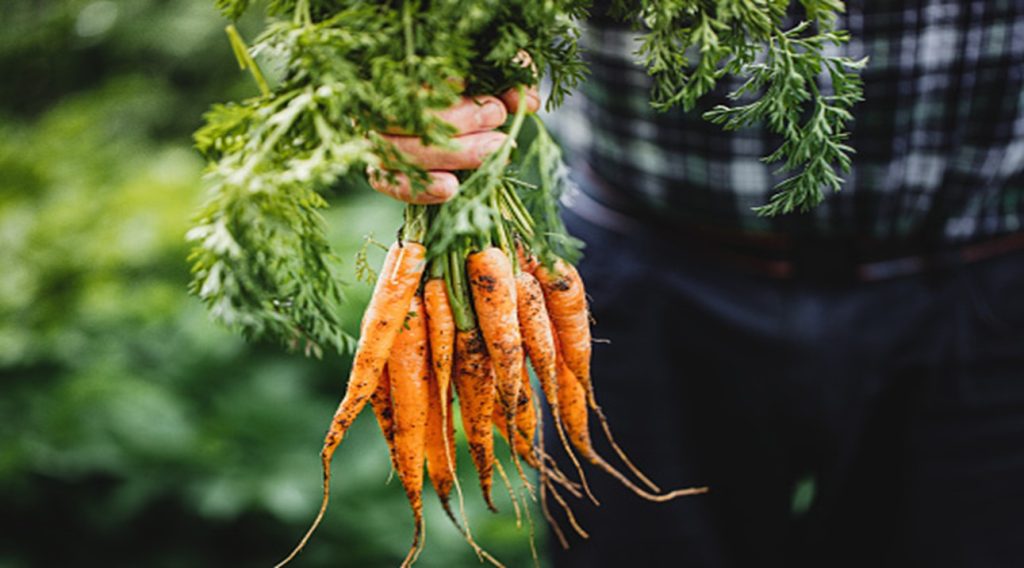Introduction
Planning a list for a vegetable garden is essential for maintaining the productivity of the soil. If you plan wrong then seeds won’t germinate. Vegetables grow according to seasons, some of them need warmth and moisture to grow, others cool and less moisture.
These weather conditions affect the yielding of the plant. In this article, you will understand ‘when should you plant seeds for a vegetable garden’. I heavily focused on seasonal growth because weather plays the most important part in plant growth. So, let’s get started!
Warm Season
Vegetables require high temperatures and higher soil to grow. The warm-season vegetable seeds are planted after the last frost date. They need 7-8 hours of sun exposure to germinate well. Because of this high temperature, the water gets evaporated easily.
Plants need 1cm deep water to maintain moisture, so keep watering them to maintain their moisture. Warm-season vegetables require a high temperature of the soil, if you wanted to raise the soil temperature, cover it with black film so that it absorbs excess sun heat.
Most common warm-season vegetables to grow
- Eggplant
Eggplant is a popular summer vegetable. It needs full sun and water to flourish into full-grown eggplant. During the summer season, there are insects and rodents, that can affect its leaves and ruin eggplant growth. So, make sure to protect it.

- Green pepper
Green pepper is also grown during the summer season as they need warm summer heat and high soil temperature to grow. You can grow varieties of peppers, hot spicy, or sweet ones. Also, they need protect from insects and an adequate amount of water to maintain moisture levels.

- Cucumber
Cucumbers can be directly seeded in prepared soil. They need warm sun exposure and moisture to grow. They grow fast, as it needs only a week for seeds to germinate. Water is essential for cucumbers as it maintains a thick structure and juicy taste.

- Tomatoes
Tomatoes are popular fruits grown as vegetables. They are used for cooking purposes thus popularly liked by many people. They need a warm temperature and an adequate amount of water to be fully ripped.
Use cage or staked to protect them against microbes and insects. Also try to maintain moisture as tomatoes need more watering to be red, ripped, and full of moisture.

Cold Season
Vegetables are grown in the cold seasons could withstand low temperatures. These crops grow in temperatures lower than 70 ̊F. You should plant them the during spring season so, that when winter comes they can germinate fully.
Unlike warm-season vegetables, cold-weather vegetables require less temperature to grow. Their roots protect them from colder frost. Before planting these seeds, you need to check the soil temperature with a thermometer. Also, even if these vegetables don’t require much health they still need sun exposure and water for growth.
Most Common Cool-season vegetables to grow
- Broccoli
Broccoli is grown in the cool season. They are nutritious and healthy. Broccoli requires low soil temperature to germinate and they don’t require too much watering. Maintaining 1cm deep moisture is adequate.
They require adequate sun exposure but not too much warmth. It is easy to grow this vegetable but protect the leaves from insects.

- Carrots
Carrots are sweet in taste, nutritious, and used in making warm soups too. It is a popular vegetable that is grown during the winter season. Cool-weather helps its growth and even stimulates a sweet sugary taste in it, this sugar acts antifreeze and protects its roots. Plant carrot seeds from 8-10 weeks from the first frost.

- Spinach
Spinach is a very nutritious vegetable. It is used in cooking foods and can be used to treat anemia. It is planted 6-8 weeks before the first frost for good growth. Spinach withstands cool temperature up to 0 ̊F. The unique thing about it is, that it turns sweeter which protects it against cold temperature.
Protect its leaves from insects by providing protection and watering it appropriately not too much.

- Peas
Pear comes in a wide variety and is both nutritious & tasty. You can grow them in the cold season, as they need low-temperature soil for growth. Peas make their nitrogen so, you don’t need to add up nitrogen content in the soil.
Peas should be sowing 1-2 inches deep, and planted in rows so that they can support each other. Snails are the biggest enemy of peas so, protect the plant by fencing or silver tape around planters.

Conclusion
Growing vegetables is fun. By understanding their requirement and seasonal availability the chances of mistakes would drop lower. I hope you understand the effect of weather on vegetable plants and next time plan your vegetable garden according to season. For more informative content like this, visit Agrisetu’s official site!




